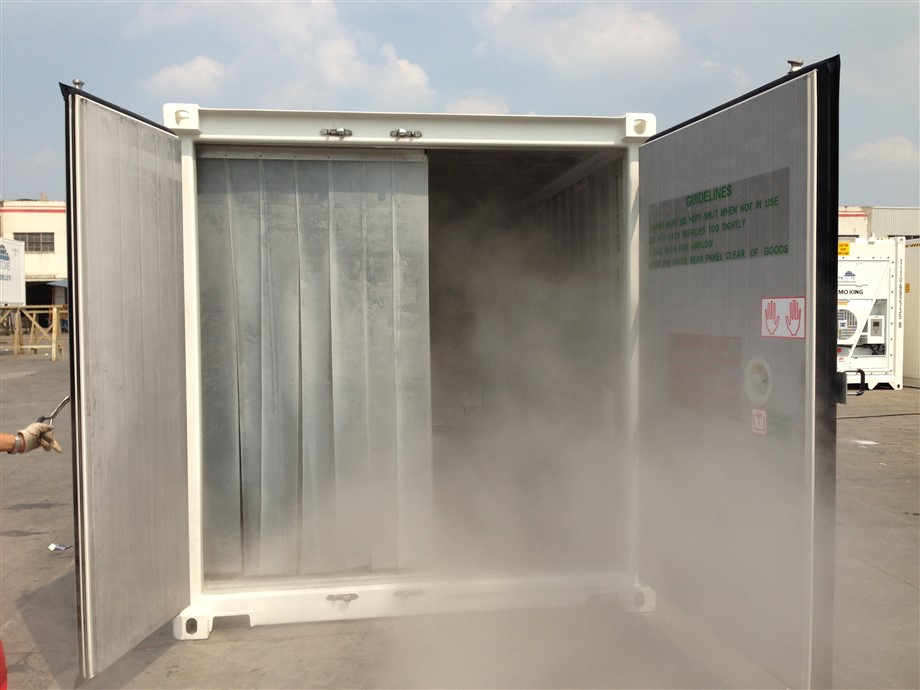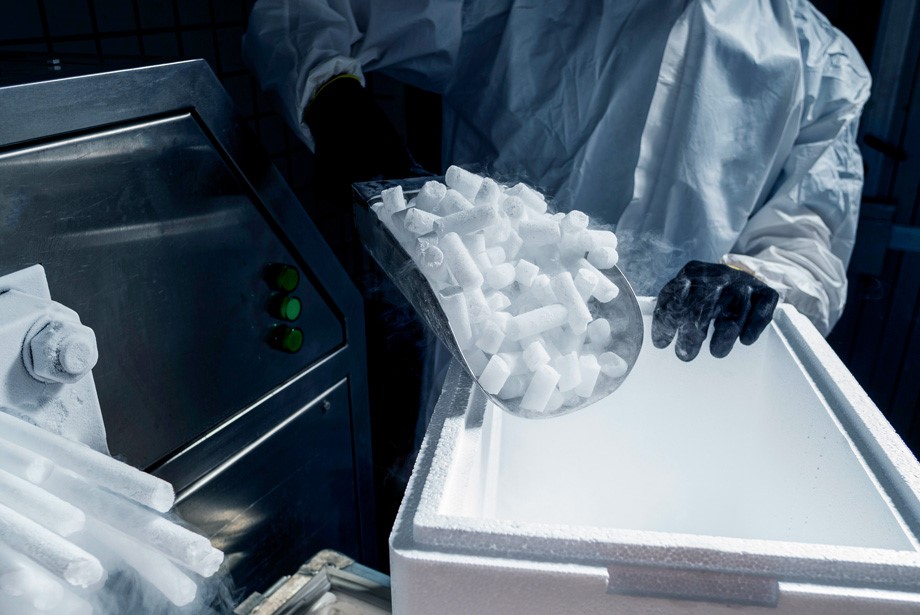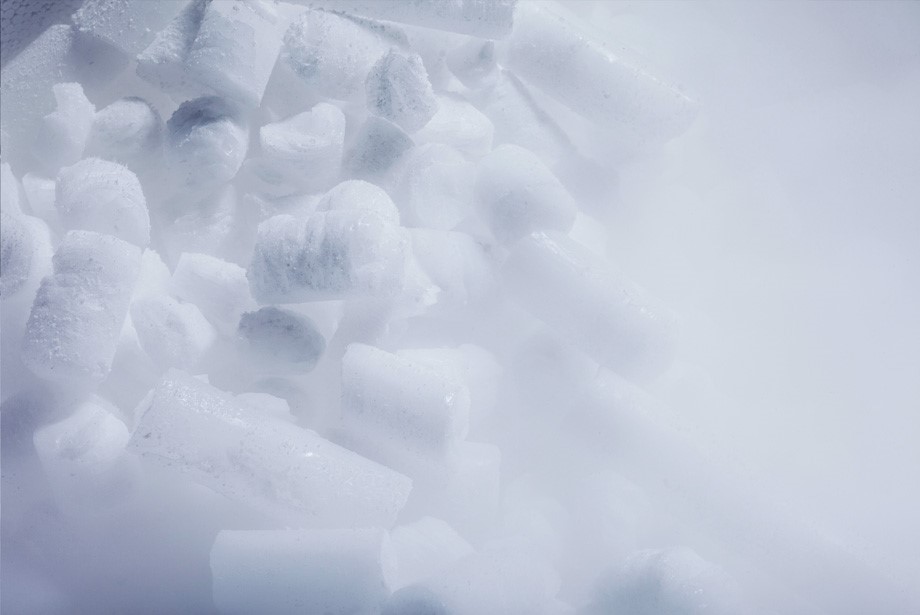Bio- und Life Sciences. Arzneimittel-, Medikamenten- und Impfstofflagerung.

Dieser empfindliche Bereich erfordert diehöchste Lagerungsicherheit. Unsere Mietkühlcontainer erfüllen diesen Ansprüche perfekt: mit vollkommen hygienischer Lagerung und Nulltemperaturabweichung im ganzen Container. Sowohl unsere ArcticStores als auch SuperStores werden daher erfolgreich im Pharmabereich eingesetzt.
Wir haben extra 40´Arctic Ultra Freezers konzipiert, um die Temperatur von -65°C auch während der Beladungszeit aufrechtzuerhalten.
Viele Pharmaunternehmen und Unternehmen, die eine ununterbrochene Kühlkette brauchen, verwenden unsere ArcticStores und SuperStores. Thermografische Untersuchungen unterstrichen die Zuverlässigkeit der Kühlkette.

GDP Gute Vertriebspraktiken
ArcticStores mit TK Magnum4000+ ausgestattet können mit
GDP zertifiziert werden
SmartArctic
Unsere 24/7 Fernüberwachung ermöglicht die Steuerung von überall und jederzeit .........
mögliche Temperaturbereiche möglich
von -40°C bis +45°C und von -40° bis -65°C

Safe storage with dry ice
Dry ice starts to vaporize (change from dry ice to gaseous CO2) in temperatures warmer than very chilly -78.4C°C/-109°F for non-degrading storage the temperature needs to be at or lower than these temperatures. TITAN’s latest UltraFreezer can maintain close to these temperatures in moderate ambient temperatures. The shelf life of the dry ice is greatly extended even at slightly warmer temperatures.
The use of mechanical refrigeration in containers, to store dry ice, presents other issues users need to be aware of and pay attention to. IF the dry ice is converting to gaseous CO2 then the closed container will experience atmospheric modification creating a CO2 rich atmosphere.

Further, gaseous CO2 has a much greater volume than dry ice and if stored in an air tight container an over-pressure can occur with the potential of the container exploding. ArcticStores include floor drains in each corner. If you wish to store dry ice then these drains should be permanently open allowing the gaseous CO2 (that naturally sinks as heavier than air) to exit the container through these drains. The area around the container should be ventilated at ground level to disperse the CO2.
The storage of dry ice needs take these and other potential hazards like frostbite and ice burns into account and should only ever be performed by experienced personnel with required training and expertise.
There is the potential of real and serious health hazards when storing and handling dry ice. Particularly for anyone entering the container before the entire container is flushed by opening the door for a period of time.